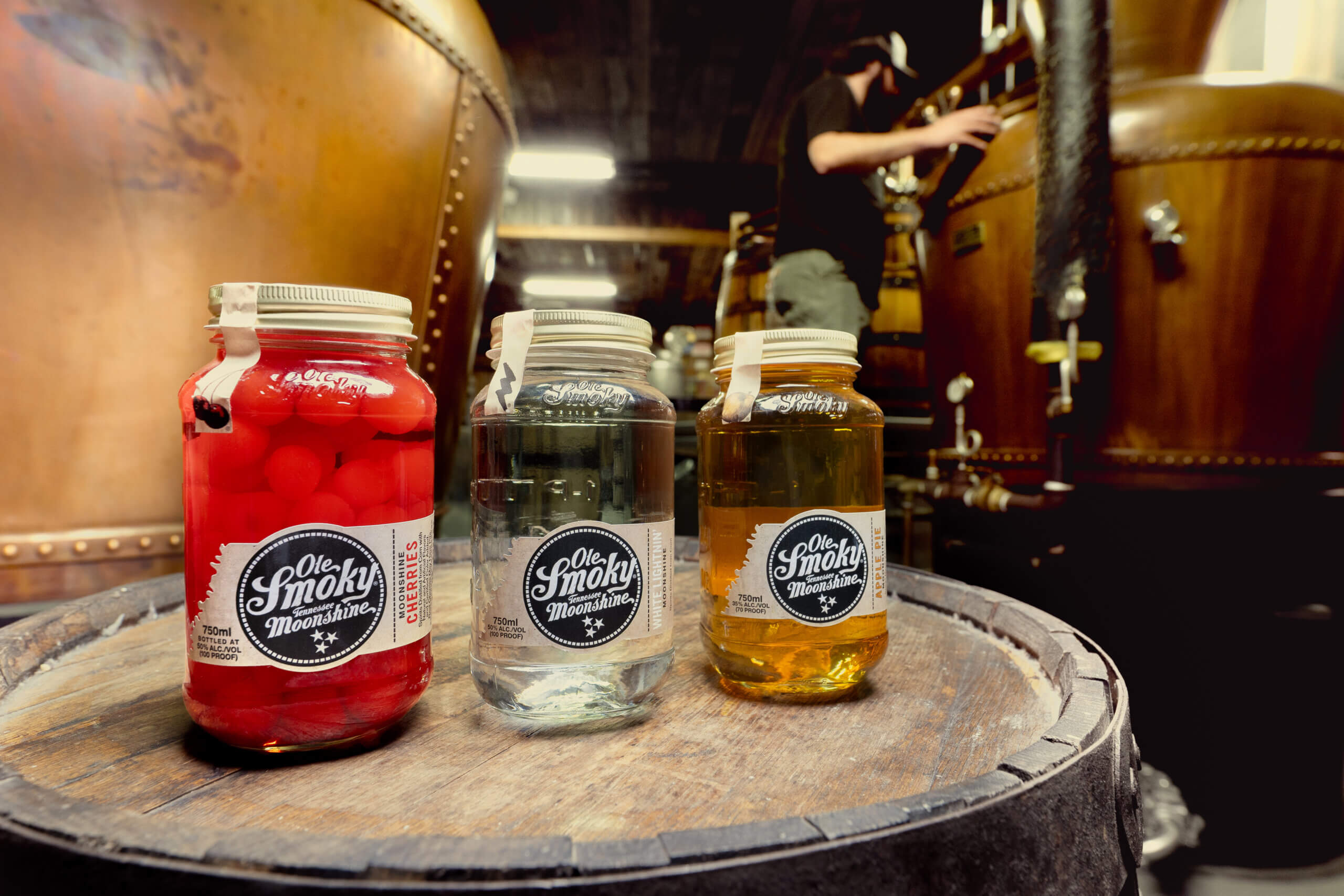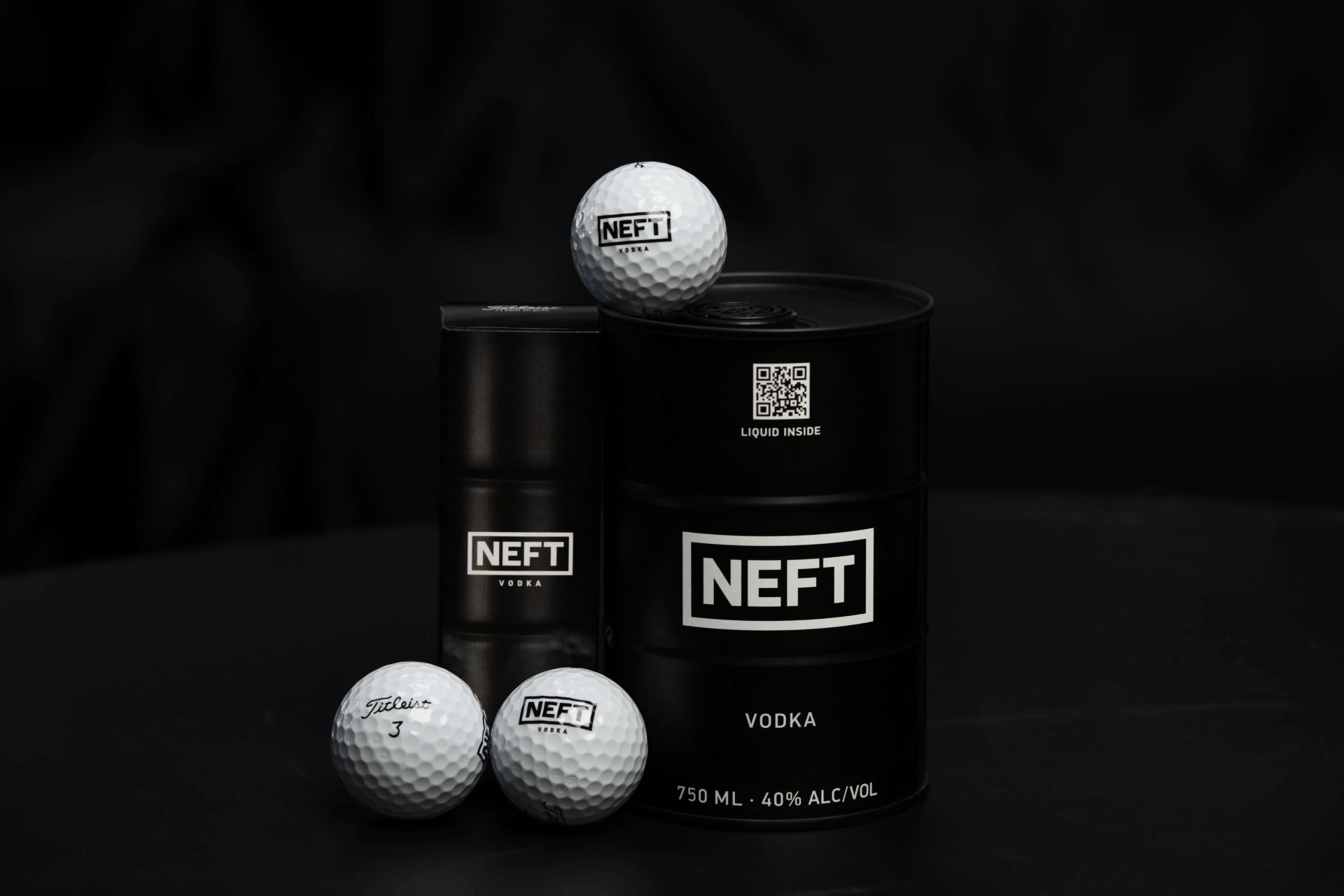The Canadian Whisky Renaissance
By Emily Arden Wells
Canadian Whisky is arguably the most overlooked and misunderstood category of spirits, and yet, unbeknownst to the majority of the American market, the category is going through a massive creative renaissance.
All the American distilleries combined sell one-third the amount of rye whisky produced by their northern neighbors. Canada sells 70% of the 24.3 million cases of whisky it makes to the United States. Once snubbed as being ‘flavorless’ or ‘uninspired,’ today’s Canadian whisky is something else entirely.
Over the last few years master distillers have released some extremely creative whiskies. These bottling experiment with everything from distilling process to wood types, maturation, and blending creating a new generation of exciting and delicious whisky, often sold at a fraction of the cost of Scotch or American whiskey.
Canadian whisky is most often associated with rye, but the original Scottish and Irish settlers of the 18th and 19th centuries preferred rum. However, molasses was extremely difficult to acquire the further inland the settlers went, which made rum difficult and expensive to produce. In an effort to fill the demand for rum, American settlers of German descent who were already producing whiskey in the United States expanded into Canada.
At the time, most northern whisky was made from wheat, a grain that grows plentifully in Canada despite the harsh winters. It was the German and Dutch distillers who are credited for introducing rye into the mashbill, producing a spicy and flavorful whisky that soon became ubiquitous in the Canadian whisky market.
You might be wondering, what exactly is Canadian whisky? Like American e, Canada has rules that each distillery must follow in order to earn the nomenclature of Canadian Whisky. As defined by the Food and Drug Act, Canadian Whisky and Canadian Rye Whisky must be a “potable alcoholic distillate”, must be aged for a minimum of 3 years, must possess the aroma, taste, and character of Canadian Whisky, must be mashed, distilled and aged in Canada, and must be at least 40% alcohol by volume. Compared to the rules imposed on the American Bourbon industry, the Canadian laws are much more lenient, therefore giving distillers room for creative experimentation.
One major difference between Canadian Whisky and American whiskey is the mashbill. American whiskey distillers typically make a blend of milled grains which are then mashed, fermented and distilled and then aged in new white-oak barrels. Canadian whisky, on the other hand, mills, mashes, ferments, distills, and ages each type of grain separately. This allows the master distiller to optimize the maturation process and let the spirit age for the right amount of time, in a specific choice of barrel, best suited for each grain.
Canadians typically make a ‘base whisky’ that is distilled to a higher ABV and aged in first and second fill barrels. The base whisky is then blended with a second whisky, often called the ‘second stream’ or ‘flavoring whisky’ that is made from grains such as rye, wheat, barley, or corn. The second stream whiskies are distilled to a much lower ABV before aging in either new or used barrels. These flavoring whiskies are used to ‘top off’ the final blend and accentuate desired flavor profiles in the final product.
The American Bourbon industry strictly forbids any non-whiskey flavoring, but Canadian regulations allow for 9.09% non-whisky products to be in the final blend. Whisky made for the American market will often fill the 9.09% will American-made spirits, an American tax law that incentivizes foreign distillers to include American spirits. This rule has become a creative opportunity for Canadian distillers, who are using the opportunity of the 9.09% rule to blend their whisky with fortified wine and sherry, essentially creating bottled cocktails.
One example of an extremely creative whisky that has come onto the market in the last few years is Dark Horse, produced by Alberta Distillers Limited in Calgary and owned by Beam Suntory. It is a blend of 12-year Canadian rye, 6-year small pot still distilled Canadian rye, blended with 8% corn whisky and 1/2% sherry, bottled at 45% alcohol by volume. Designed to be a bold and flavorful whisky that would appeal to a younger generation (aka Bourbon drinkers), Dark Horse has been considered one of the front-runners in the super-premium category that is changing how people think about Canadian whisky.
Another innovative brand is Forty Creek, now owned by Gruppo Campari. The brand was created by John K. Hall in 1992, a wine-maker turned distiller. Forty Creek is the fastest-growing Canadian whisky brand in North America, and also one of the most inventive. The backbone of the brand is the Forty Creek Barrel Select, a small batch copper pot distilled whisky that can be purchased for $26.
One of Mr. Hall’s most decorated whiskies is the Forty Creek Confederation Oak Reserve, a Canadian whisky aged in Canadian Oak that grew just 40 miles from the Forty Creek distillery. The trees were thought to have been 150 years old, dating to just before the Canadian Confederation of 1867. Because of the colder temperatures, Canadian oak trees grow at a slower rate than American oak, creating a denser wood as well as different aromas and flavor profiles. The result is a lovely sipping whisky that is reminiscent of the Canadian rye you know, but smooth and structured similar to a great wine.
One of the most talked-about releases in the last year was the Collingwood 21-Year-Old Rye, a whisky that brought new attention to Canadian whisky, and won the title of “Connoisseur Whisky of the Year” at the 2014 Canadian whisky Awards. Fifty barrels of 21-year old 100% malted rye whisky were cherry picked from the Canadian Mist warehouses, drained from their oak casks, and transferred to toasted Canadian Maplewood casks to finish. The Collingwood 21 is one of the most intriguing Canadian whiskys ever released, and is another example of Canadian originality and innovation throughout the distilling and aging process that will continue to inspire future distillers.
Other distilleries are innovating in different ways. This year, Canadian Club released a 100% Rye whisky made from single grain rye and aged for 7 years that is on the market for a $22 in an effort to appeal to drinkers in their mid-20s. Crown Royal released XO, Canadian whisky aged in Cognac barrels, and a Canadian barrel-strength Hand Selected Barrel first released in its highest selling market, Texas.
Lot 40 was a legendary whisky that suddenly disappeared at the beginning of the 21st century, causing a fever-like hunt across dusty package shops across North America. In 2012 Pernod Ricard resurrected the brand, perhaps kicking off the Canadian whisky revolution that we see today. Also owned by Pernod Ricard, J.P. Wisers built upon the success of their super-premium Wiser’s 18-Year-Old. A light whisky that is distilled through two column stills, it is aged 18 years revealing the flavor of the “angels share”, with Wiser’s Legacy and Wiser’s Red Letter. All of the super-premium Wiser’s whiskies have a traditional Canadian “lightness” to them, and are carefully blended to produce sophisticated and delicate sipping whiskies.
One thing is for certain, Canadian whisky cannot be ignored any longer. While it may have been a silent but consistent player in the American spirits market, new innovations in the category are changing the perception of Canadian whisky and perhaps more importantly, are challenging the idea of what whisky can be. Canada, we hear you loud and clear.
Thirsty? Try one of these bottles.

Forty Creek Confederation Oak Reserve
1. Forty Creek Confederation Oak Reserve – $57
Kittling Ridge Estates Wine and Spirits – Gruppo Campari
A light nose of honey, orange peels, toasted oak, caramelized nuts, banana, caramel, dried fig, and spiced cake. On the palate it starts out light with flavors of honey and orange blossom, and opens up at the back of the palate with vanilla, creamed butter, caramel, white pepper, green figs, and a finish of toasted oak.

Collingwood 21 Year Old Rye
2. Collingwood 21-Year-Old Rye – $63
Canadian Mist Distillery
The nose of the Collingwood 21 is rye-forward with a creamy, maple sweetness. On the tongue the whisky is creamy, with flavors of toasted coconut, maple, and a strong toasted hazelnut flavor, complimented by flavors of rye, white pepper, and orange zest.

Crown Royal Hand Selected Barrel
3. Crown Royal Hand Selected Barrel – $55
Gimli Distillery – Diageo
The Crown Royal Hand Selected Barrel has a nose of lemon, orange, bold banana, and baking spices. On the palate it is tropical fruit forward with big flavors of bananas foster, lemon, baking spices with a dark chocolate finish. Currently released in Texas; distribution to be expanded to fourteen states soon.
Note: This is a single barrel, so tasting notes may vary barrel to barrel.

Canadian Club
4. Canadian Club 100% Rye – $27 Canadian
Hiram Walker & Sons – Beam Suntory
Nose of black cherry, rye, orange, with a sweet floral note. Soft and floral on the tongue with flavors of maple pie, brûléed orange, rye bread, black pepper, and toasted oak. At $27 this delicious whisky is a steal. Currently only available in Canada.

Alberta Premium Dark Horse
5. Alberta Premium Dark Horse – $30 Canadian
Alberta Distillers Limited – Beam Suntory
The nose of this whisky is sweet and spicy from the rye with a subtle minerality, sour cherry, toasted oak, orange peel, and a bright floral note. On the tongue the Dark Horse has a bold, creamy sweetness with flavors of orange, sour cherry, vanilla, caramel, spice from the rye, dried fig, and a finish of black licorice and black pepper.
The Gold Medal winner from the 2014 Canadian Whisky Awards is currently only available in Canada, but will be released in April under the name Alberta Rye Dark Batch. Make sure you snap up a bottle (or two) before they are all gone.
BeamSuntory.com/Brands/Alberta-Premium

J.P. Wiser’s 18 Year
6. Wiser’s 18 – $62
Hiram Walker & Sons – Pernod Ricard
Wiser’s 18 has a dominant nose of honey, green apple, and baked apple tart. It is light and lovely on the tongue, opening with honey, caramel, butterscotch, green apple, and a finishing with green peppercorn and toasted oak. The Wiser’s 18 is a smooth, sophisticated dram.

Lot 40
7. Lot 40 – $40
Hiram Walker & Sons – Pernod Ricard
Lot 40 is light on the nose with a bit of honey, orange, and rye bread. This whisky starts out creamy and then has big flavors of rye bread, with a touch of cinnamon and a dry finish of toasted oak.

Tap Rye Sherry
8. Tap Rye – Tap 8 Year Sherry Finished Rye Whisky, Tap Port Finished Rye Whisky
Made in the “Oldest Distillery in Western Canada”, likely, Alberta Distillers in Calgary, Canada.
Tap Rye makes two delicious and innovative whiskys – the Tap 8 Year Sherry Finished Rye, and the Tap Port Finished Rye Whisky. The Sherry Finish marries eight-year old rye whiskey with a portion of Spanish Amontillado Sherry and then aged in American white oak casks for two months. The result is a delightful sweet and spicy whisky with flavors of honey, rye spice, sweet apricot, vanilla, citrus, coffee, toasted hazelnut, and dried fruit. The Port Finished has a bold spiciness with sweet flavors of dried cherry, dark chocolate, dried oranges, toffee, vanilla, pear, and baking spices. Both are wonderful for sipping.
Want more?
Check out Davin de Kergommeaux’s book Canadian Whisky: The Portable Expert.











